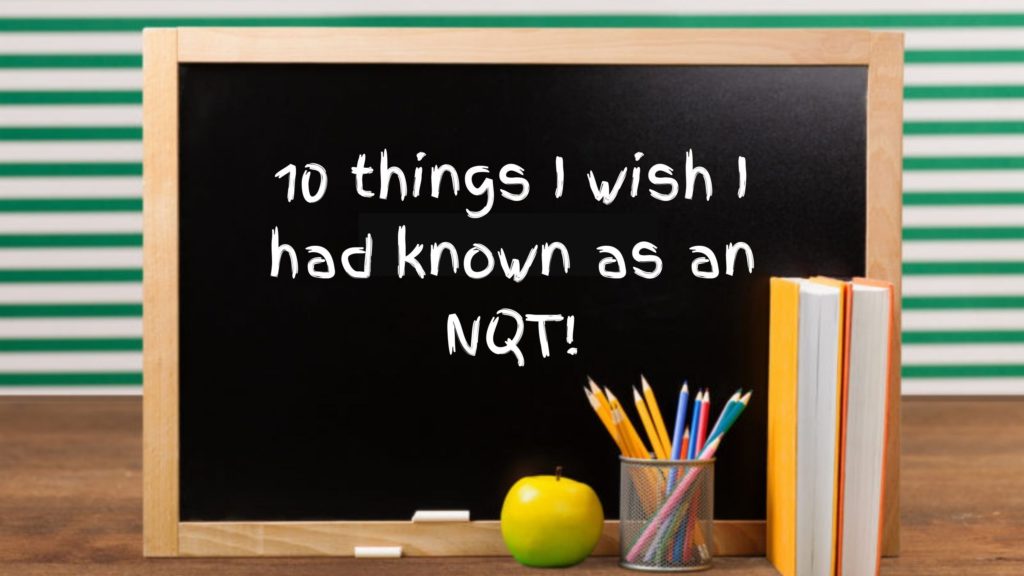Differentiation for your most challenging classes

We have students of many different abilities, reading scores, CAT scores, speech and language and processing needs in our classrooms and providing for all them appropriately can be difficult.
Coupled with challenging behaviours and negative attitudes to school, teaching a class with learning needs can be doubly demanding.
Differentiating teaching materials for the challenging class is essential in getting them to behave and make progress.
Knowing what their needs are and responding to them are important tools in building positive relationships and allowing your students to work for you.
Just like you wouldn’t ask a child in a wheelchair to walk or a visually impaired child to look harder, you wouldn’t ask a student with processing issues to read texts that are too hard for them to comprehend, without additional support with key words and sentence structures.
It is our responsibility as teachers to allow all our students to access the lesson materials and learn. The best teachers, according to OFSTED, provide students with ‘challenging tasks, matched to their learning needs and prior skills, support and secure high quality learning’.

In the Teachers’ Standards the basic statutory requirements include ‘when and how to differentiate appropriately’ and having ‘a clear understanding of the needs of all pupils, including those with special educational needs; those of high ability; those with English as an additional language; those with disabilities; and be able to use and evaluate distinctive teaching approaches to engage and support them.’
For example, teaching students with speech and language problems requires a list of common strategies, which include issuing short instructions, constant checking for understanding, chunking learning into small, manageable portions and focusing on the understanding and application of key vocabulary.
We are all responsible for the progress of all learners in our classrooms and differentiation doesn’t have to be teaching 30 different things to 30 different students. It can be subtle and simple, without a great deal of extra work for the teacher.
Your resources need to be aligned accurately so they support all students’ learning and progress, even though there might be a wide discrepancy between different groups of learners.
You can show your knowledge of the different students’ learning needs in your classroom through your questioning, the instructions you give verbally and on worksheets, the level of support you ask the classroom assistant to provide to individual students, the level of difficulty of key words you expect students to be able to understand, reproduce and apply in their work.

If you suspect that one of your students is struggling, you must ask your SENCO to investigate. Too many students enter alternative provision because they have undiagnosed learning needs, which could and should have been picked up and addressed in their mainstream schools.
Too often students with learning needs are not provided for and progress into negative behaviours, including disruptive behaviours, work avoidance techniques, truanting, playing up, giving up and believing that education is not for them.
As teachers, we are responsible for the progress of all our students and we must know what the needs of our students are so we can support them and provide for them in the best way possible.







Responses